Bothies: The hidden shacks across Britain offering shelter, comfort and warmth to weary travellers
Once frequented by farm labourers and shepherds, lone bothies — often located amid some of Scotland’s most remote countryside — offer a welcome (and sometimes secret) refuge for wanderers, says Freda Lewis-Stempel.
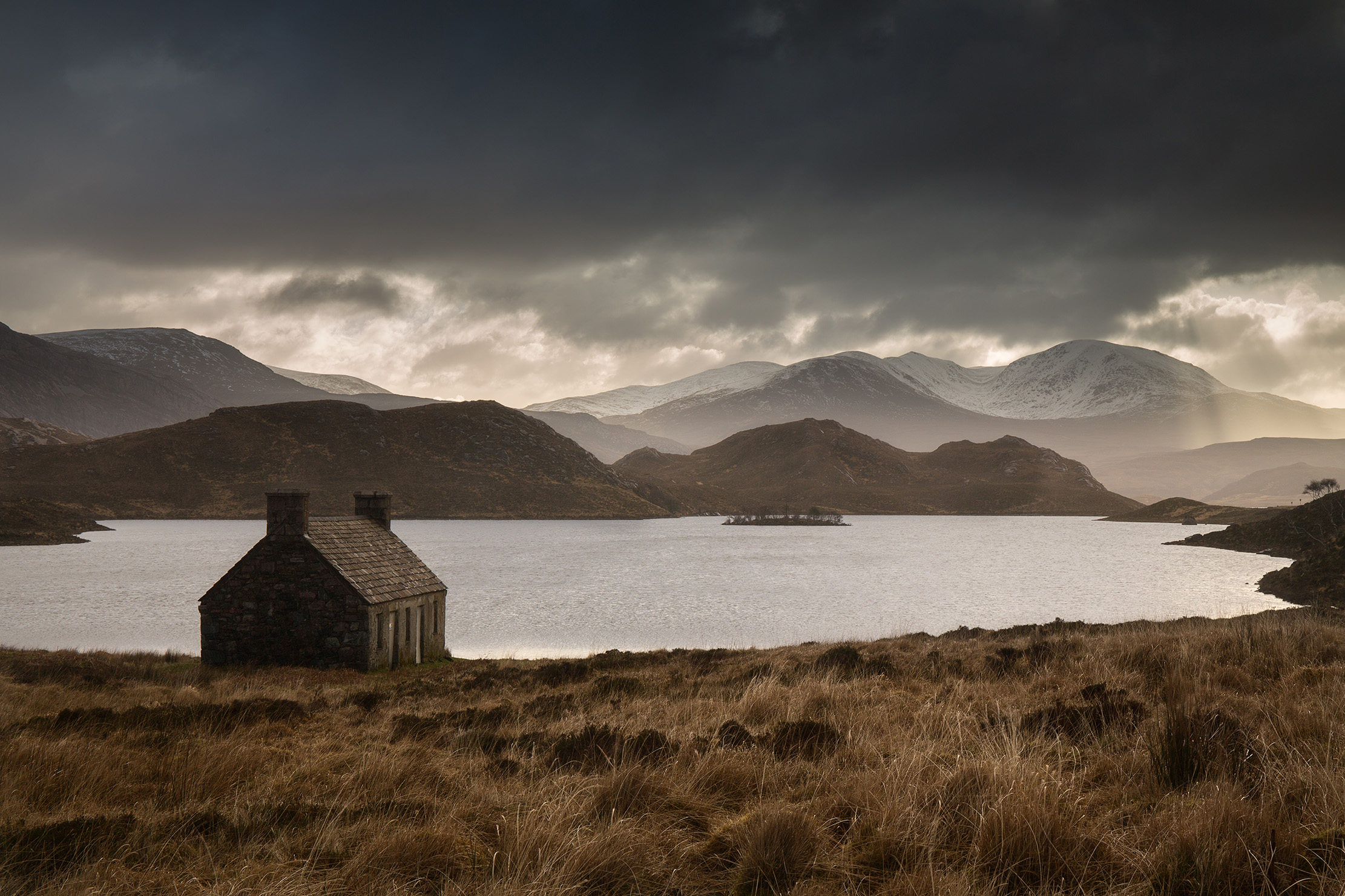

In the same way as the astronomer watches for the North Star, the ‘bothyer’ watches for a chimney. The grey stone stack stretching up over the rise of the glen is the guiding sight that the long walking day is coming to an end. There, through snow-flicked conifers, across valleys of ice and far-away mountains, beyond the charcoal line of a freezing stream, lies Scotland’s most perfect secret: the lone bothy.
Indeed, Britain’s northernmost country is the homeplace of the bothy. These small wooden huts or stone cottages, once farm buildings used for labourers, are now remote refuges for any hardy traveller, to be entered free of charge. (Not at the moment though — at the time of writing, bothies are closed due to lockdown restrictions.)
Of the 100 bothies across the UK, 83 can be found within the Scottish borders, all cared for by the Mountain Bothies Association (MBA). This charity, which has won The Queen’s Award for Voluntary Service (the highest award given to volunteer groups across the UK), was established in 1965 and credits the post-First World War and 1930s mountaineering and hill-walking trend for creating the modern bothying pastime.
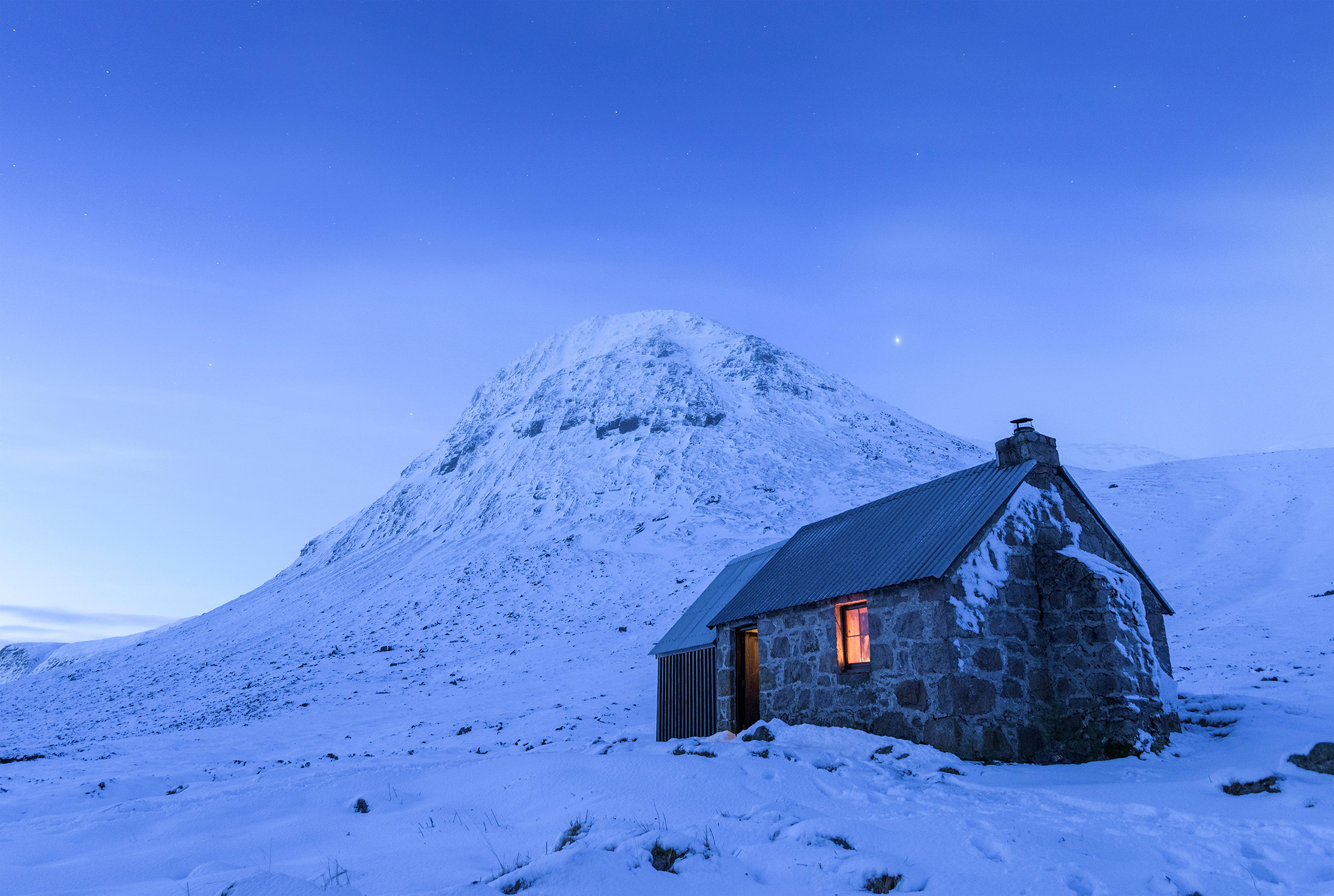
Now, 50 years on, the MBA continues to maintain the bothy network for the benefit of all those people who love these beguiling places. Bothies are challenging to reach at best and dangerous to reach at worst.
They are also expensive to repair and restore, as well as to keep in good order. The Scottish weather has no mercy and the physical toll on the buildings means the MBA is constantly having to drain its pockets to fix windows and doors, rebuild chimneys and mend failing roofs. It is a feat of communal effort overseen by an ageing group of people, many of whom have been part of the organisation for 30-odd years.
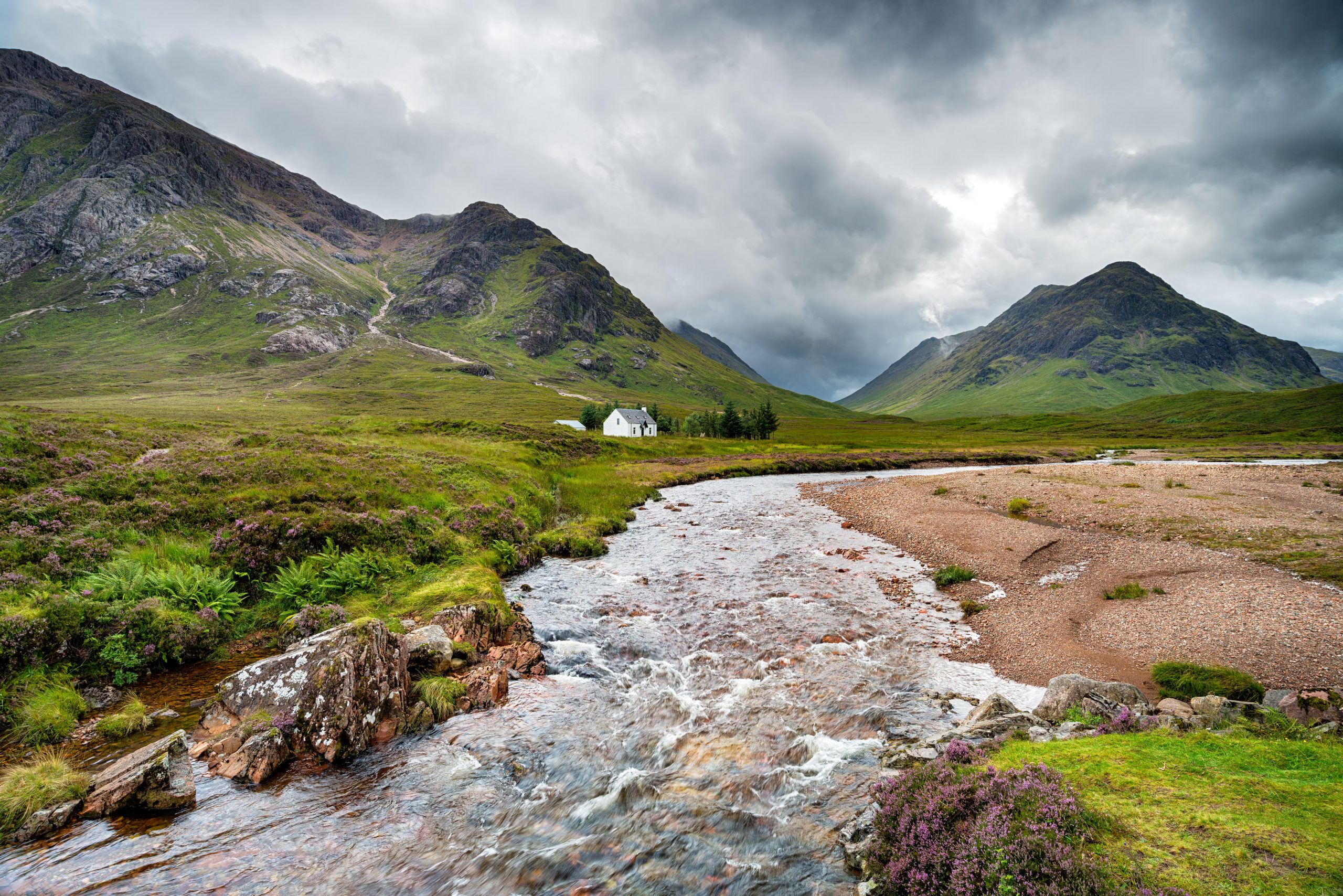
The MBA survives on membership fees, donations and by the labour of volunteer work parties. Only with much-needed young volunteer help can the existing team of caretakers continue to keep this unique tradition alive.
To bothy is to piece together a puzzle of the landscape. There was a time when bothies were a series of whispers on a chain, locations passed by word of mouth to dedicated wanderers. Even now, in this invasive digital age, with its location maps, selfie sticks and Instagram, many visitors choose not to disclose the bothy name or location when sharing an experience online.
Sign up for the Country Life Newsletter
Exquisite houses, the beauty of Nature, and how to get the most from your life, straight to your inbox.
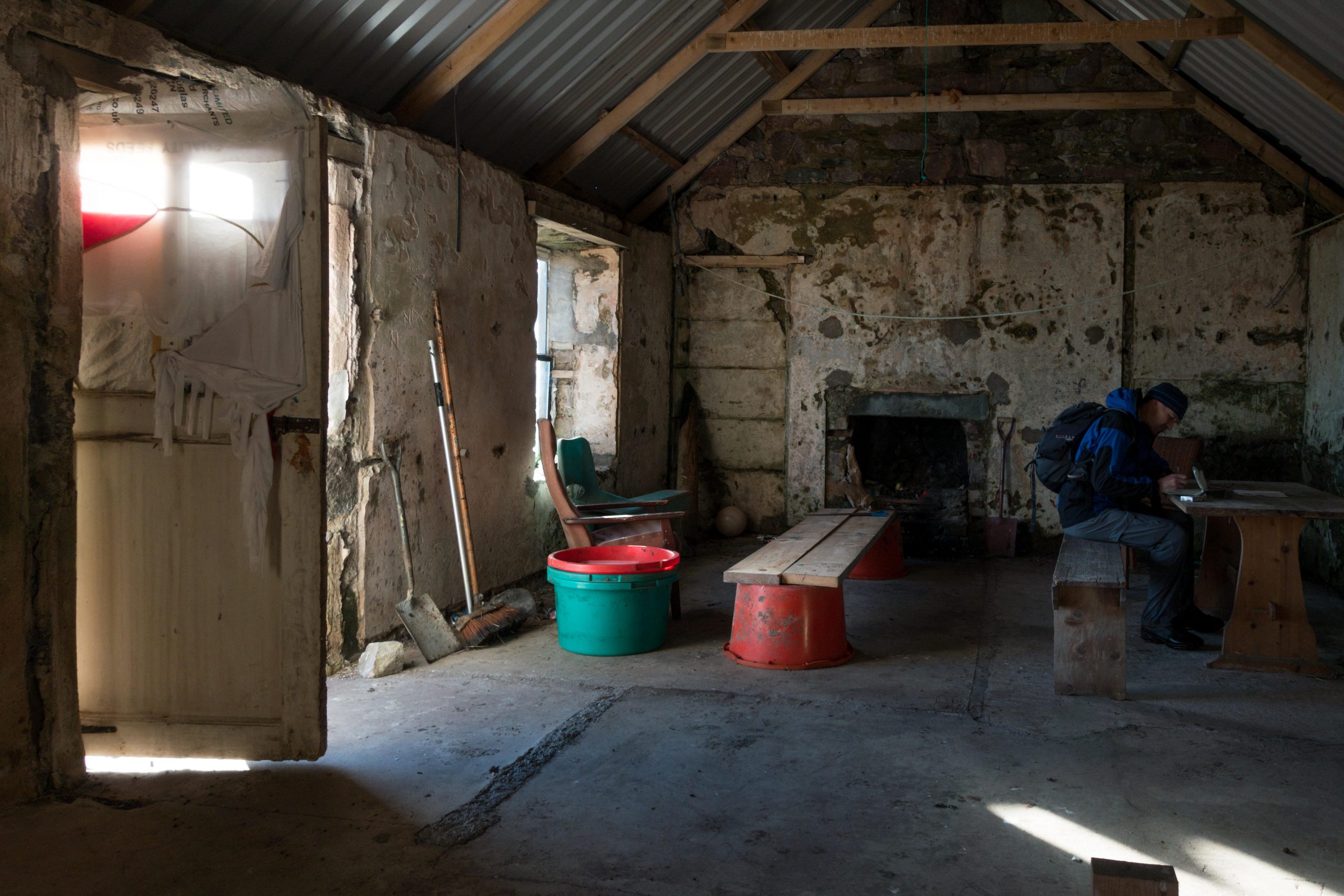
There is great respect for the anonymity of bothies, a relationship between land, man and discovery that should never be broken.
Scottish bothies are found in some of the most remarkable areas of uninhabited land. Each must be respected for its individuality, anticipated for its surprises and understood for its differences.
One cottage may sit on the sunlit white sands of northernmost Cape Wrath and another hugs into the cracks of outcrop of coastal Skye. Others relax on the sheltered shore of their own loch, a small wooden boat by their side. One has its own colourful fanfare of Northern Lights on the Outer Hebrides. There are bothies that fall into the hole-punched valleys of the Highlands and those that lie in the darkness outside Edinburgh.
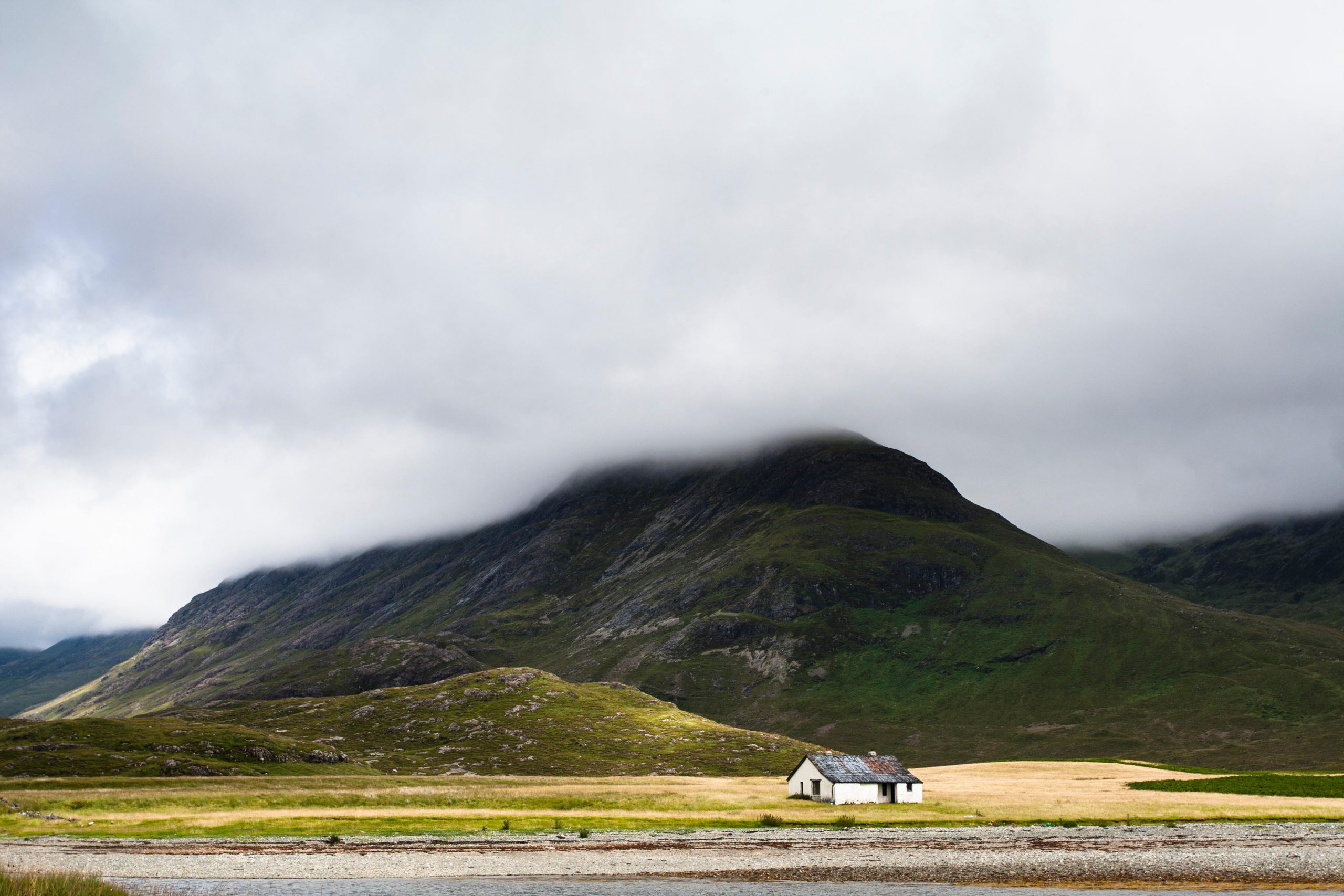
No approach to a bothy is the same, just as the day of walking before is not. It’s possible to reach some by sea — watching dolphins and a basking whale or two in the ferried waters of the Scottish Islands — or, on a cloudless spring day, to find a wooden shed surrounded by sheep and meadows on a turquoise shoreline.
Equally, some travellers gain shelter after scaling shards of mountain and trudging through miles of snow. Others find themselves smelling of rusty bracken and melting sunscreen under the summer sun. You may even come sliding down the glens in a torrent of rain, crossing broken bridges to wash up by the door.
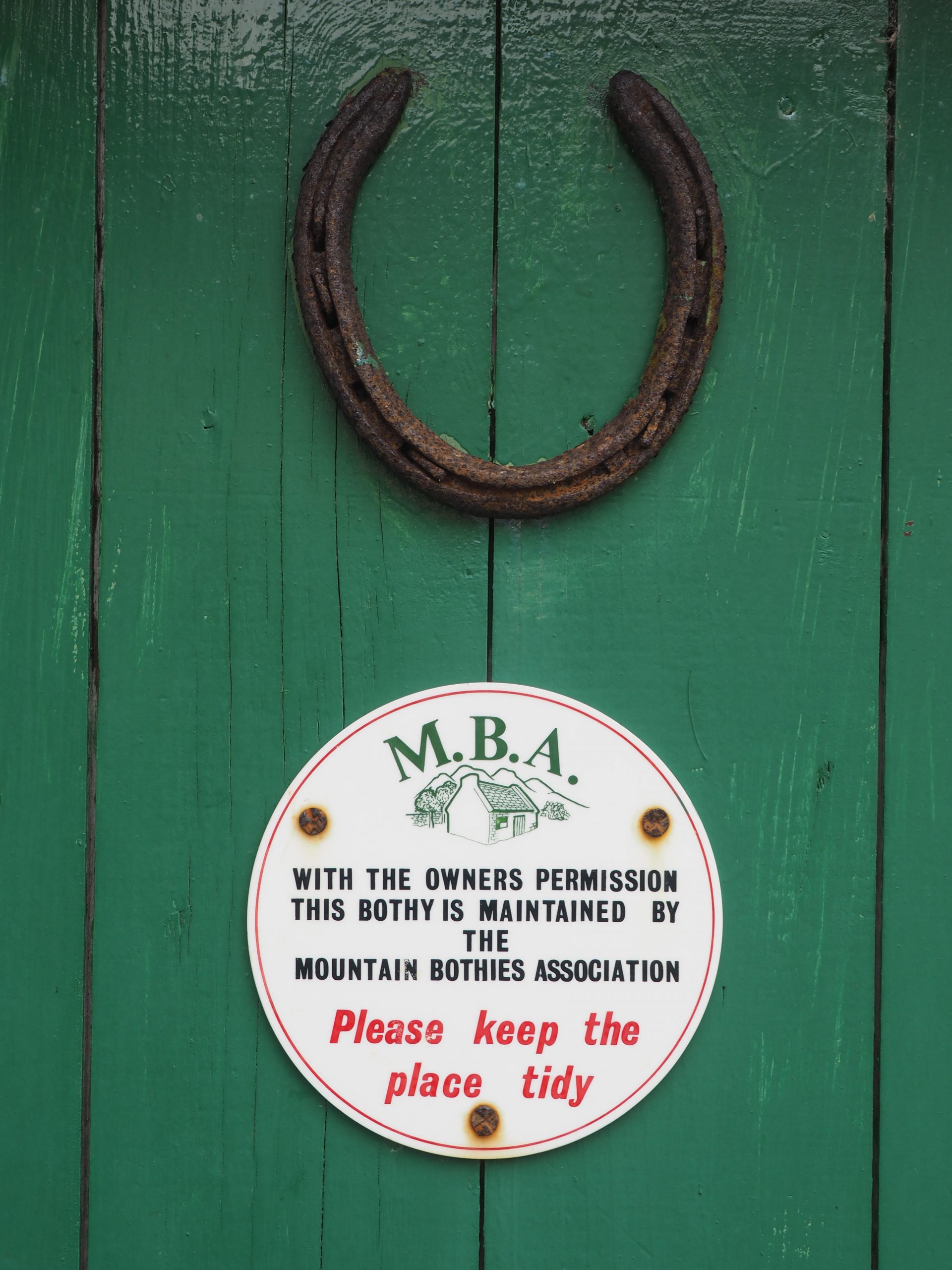
A bothy has a similar relationship to a hiker as a cave would have had to a hunter-gatherer. It provides the shelter of stone walls, a roof overhead and a wind break to let a fire roar. Rarely does a bothy provide much more than bare necessity. It does away with wants; it has only the space to provide needs.
Usually no more than a room or two, there is no electricity or running water. The loo consists of a shovel and the hole you’ve dug outside. Of the essential list of items to bring, candles, matches, fresh water and food are the four needed for survival.
Bothies have a policy that to take is also to give. As when currency was as simple as two chickens for a goat, for the candles that a previous traveller has left, I sometimes leave tinned soup or exchange one for an instant-lighting crackle log. The first commandment of bothying is to replace used driftwood for the next visitor’s fire.
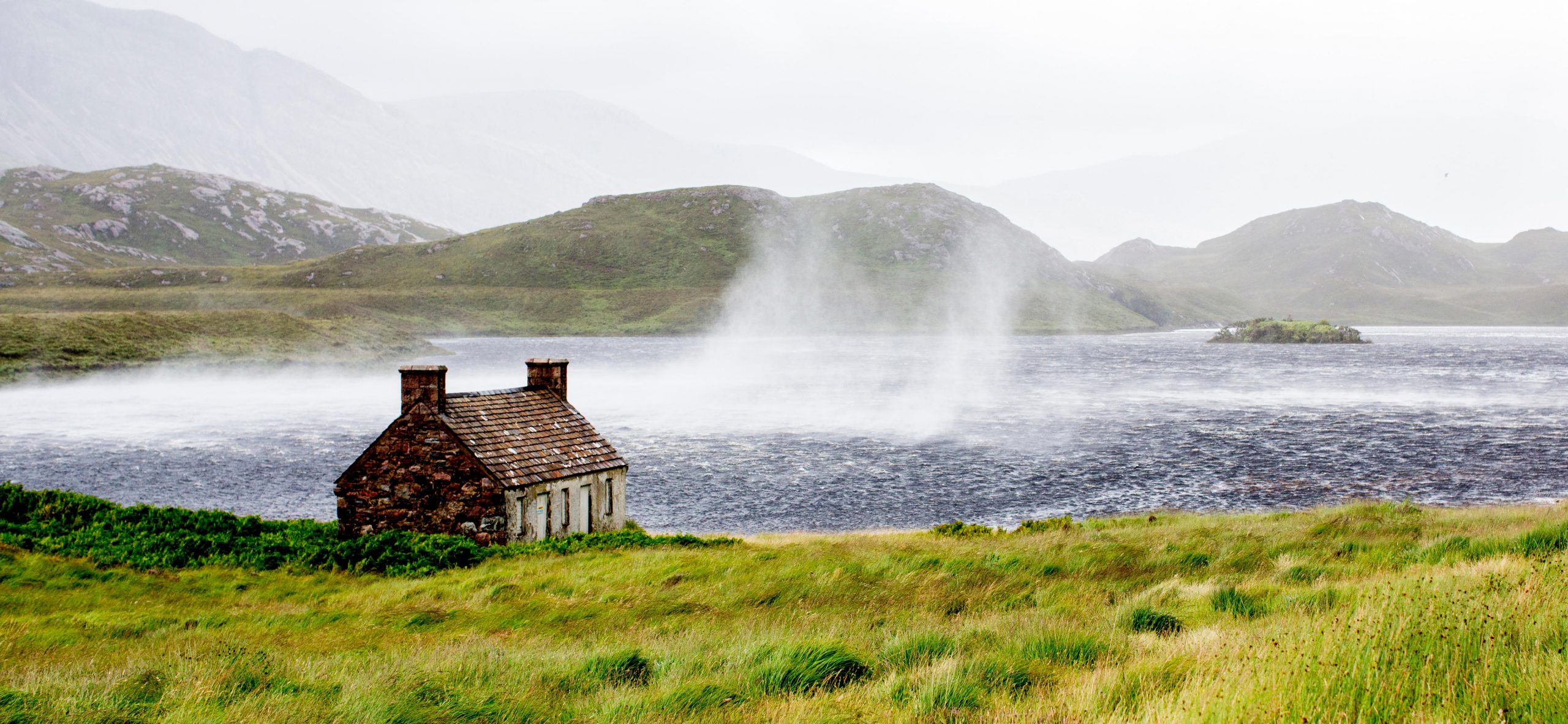
The Bothy Code is one of the most respected sets of traveller rules in the world. As a poignant example to all, it is upheld not through policing, threat of fines or deterrent, but rather by the continuing belief in the morals of our fellow men and our wish to protect what we, united, cherish. Love thy neighbour as yourself — love thy bothy as your home.
The verb to bothy is not simply to walk, to camp, to rest or to shelter. To bothy is to awaken a homing instinct, to find our inner nomad. A tent is a temporary stop in time, whereas a bothy is rooted in land and history. It provides the comfort of knowing you can walk away for the day and return bitterly cold, exhausted, but elated to your sleeping bag and the embers from last night.
Bothies are places of company, allowing groups of six, although ones, twos and threes are the most common numbers; sometimes, there’s almost no room left at the inn. The open door means that kindred adventurers find themselves sharing advice over porridge and cocoa by candlelight. Bothying keeps alive a tradition of befriending the stranger beside you — a sacredness of humanness we must fight to hold on to. Who could ever imagine the stories told before a bothy fire?
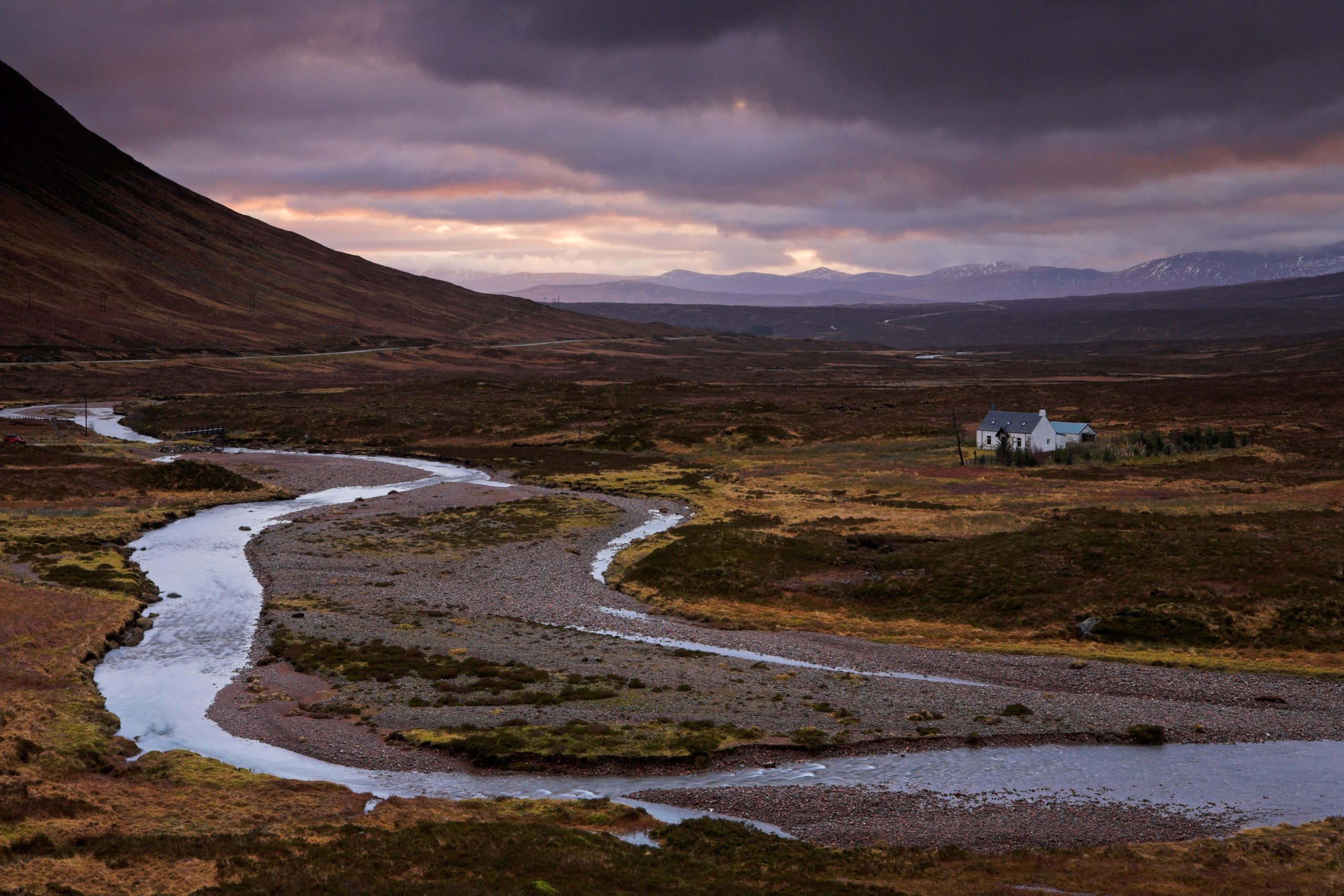
Bothies can also be places to find solace in solitude, for you will always have a fire for company, its sparks for entertainment and candles to read by. It’s you and the centuries-old stone against the storm outside.
Sometimes, I find myself standing by a bothy door, gazing out at the snow that reflects the stars overhead, the moon over the mountain ridges and the sky that will never relinquish its midnight blue. It is very easy, as you cast shadows under the brightness above, to forget that you are alone. Yet you will always have the night for your friend.
The hardy bothy is the embodiment of Scotland. In the raw emptiness, there is that yearning call to heart. Searching for a bothy is to search for the emotions to understand the wilderness of Scotland. Tracks lead to nowhere. No people. No sign of life. No noise. The only companion is the consistent cutting chill of the Scottish winter wind.
You can feel the power of the thrumming hills and dark lochs, the burning bracken and the granite rocks and know that somewhere out there is a stalking deer, a boxing hare, a hunting osprey and a mountain sheep, even if your paths never cross. You are at the mercy of changing Nature, yet never unsafe. You feel as if you cannot breathe for beauty and yet the air is the purest oxygen.
It will be in that moment that Scotland answers the call and you smell the inviting smoke from the distant chimney, glimpse the fire and candles burning orange through the single panes. Laughing voices and rustling activity fill the hollowed valley with sound and you wonder: who will I meet in the bothy tonight?
For a list of bothies and locations (currently closed due to Covid-19), visit www.mountainbothies.org.uk
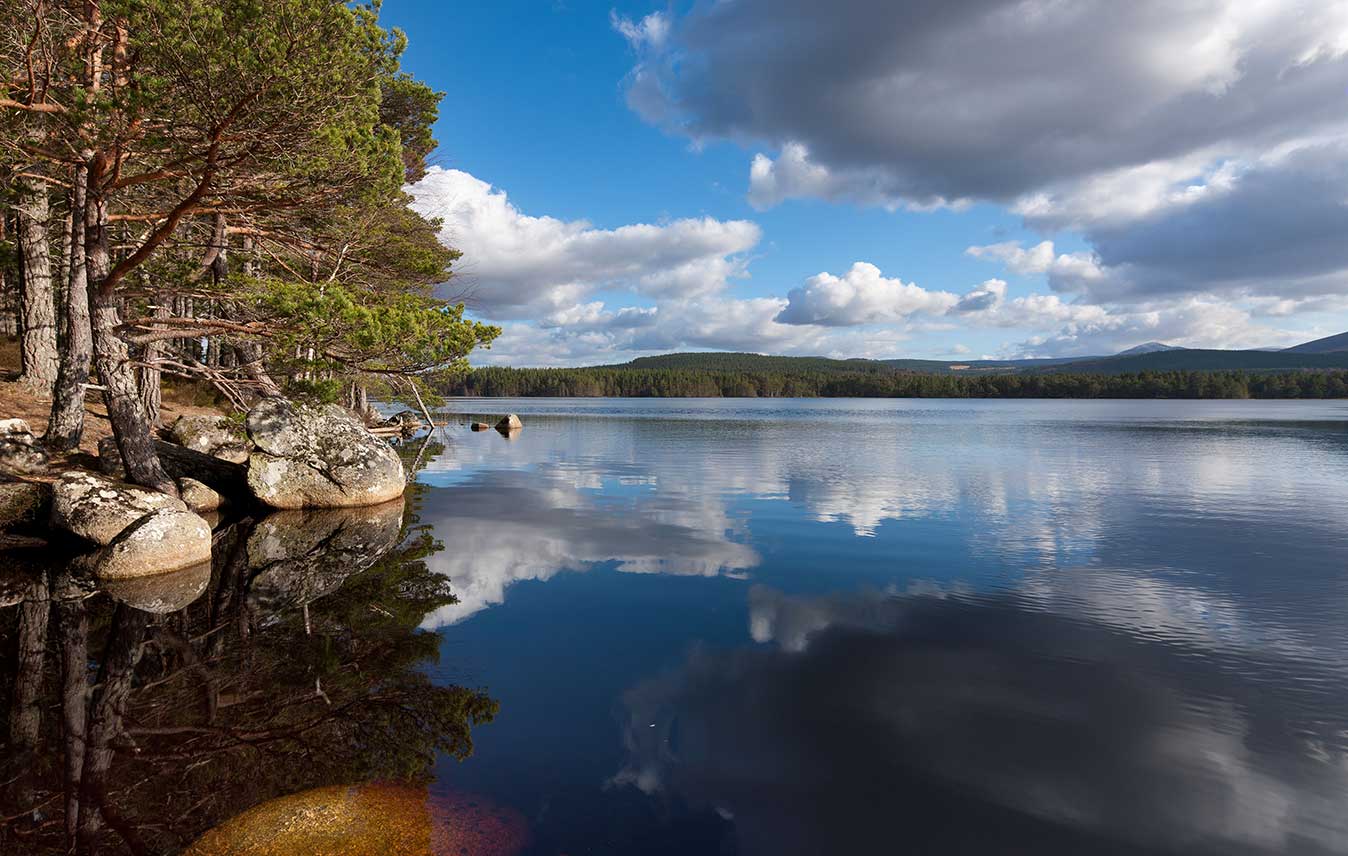
Why Scotland needs more national parks – and why we’ll all gain if it gets them
Fiona Reynolds laments the lack of national parks in Scotland, and explains why the creation of new ones would benefit
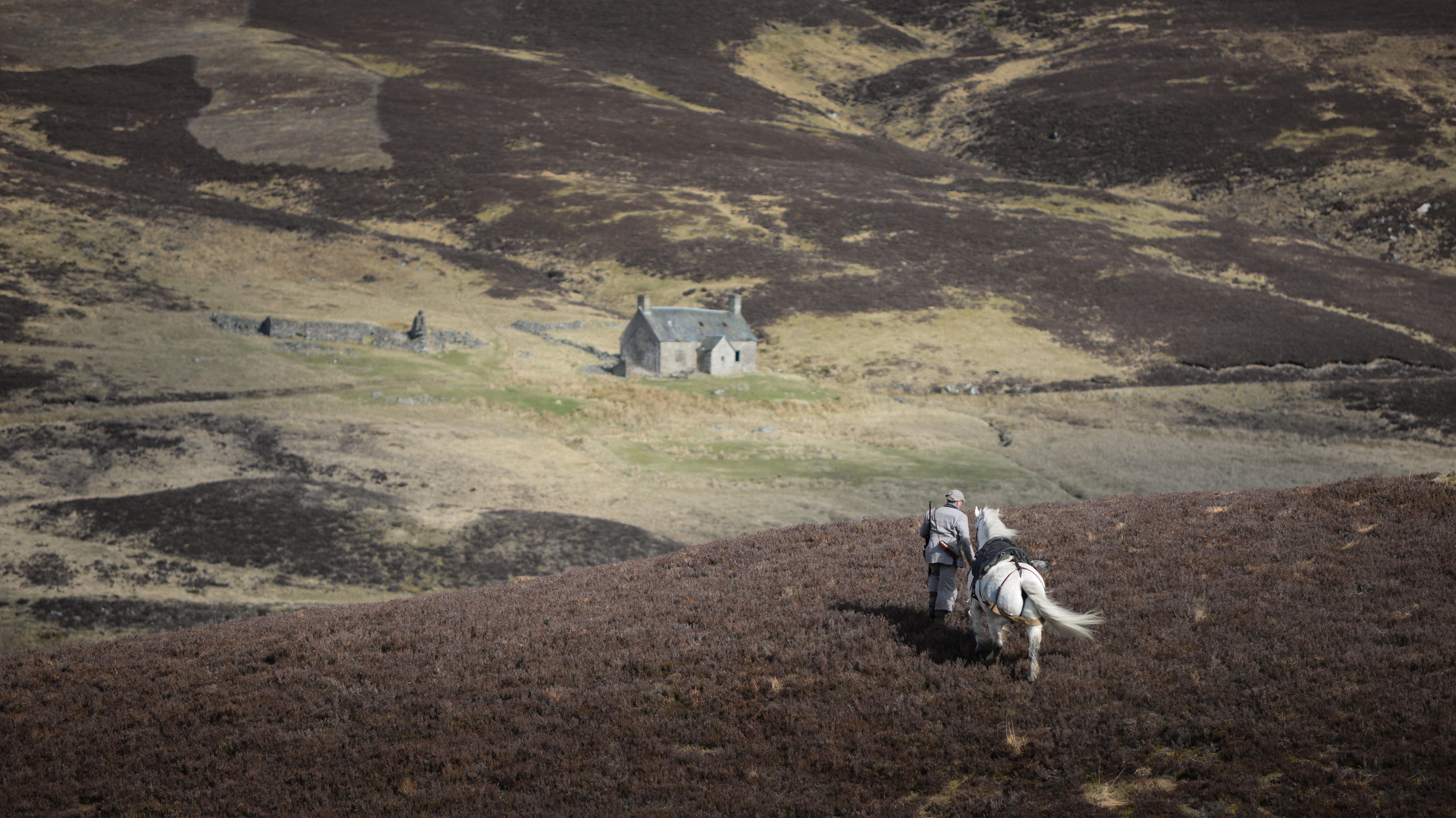
Credit: Alamy Stock Photo
How a pony in the Highlands always beats a quad bike: 'Unlike a vehicle, ponies will avoid bogs that swallow the unwary'
On estates such as Balmoral, The Queen’s home in Aberdeenshire, tough and shaggy Highland ponies are vital members of the

Credit: Getty Images/iStockphoto
West Highland Terriers: The dogs that are clever, funny and inquisitive, with an irresistibly smiley demeanour and a skip in their step
West Highland Terriers are one of the most instantly recognisable breeds of dog in Britain, not least because of their

Scottish Wildcats: Six things you should know about the 'Highland Tiger' and how it's fighting for survival in 21st century Britain
Once widespread across the British Isles, there are now fewer than 100 pure Scottish wildcats left. Joe Gibbs considers whether
Country Life is unlike any other magazine: the only glossy weekly on the newsstand and the only magazine that has been guest-edited by HRH The King not once, but twice. It is a celebration of modern rural life and all its diverse joys and pleasures — that was first published in Queen Victoria's Diamond Jubilee year. Our eclectic mixture of witty and informative content — from the most up-to-date property news and commentary and a coveted glimpse inside some of the UK's best houses and gardens, to gardening, the arts and interior design, written by experts in their field — still cannot be found in print or online, anywhere else.

